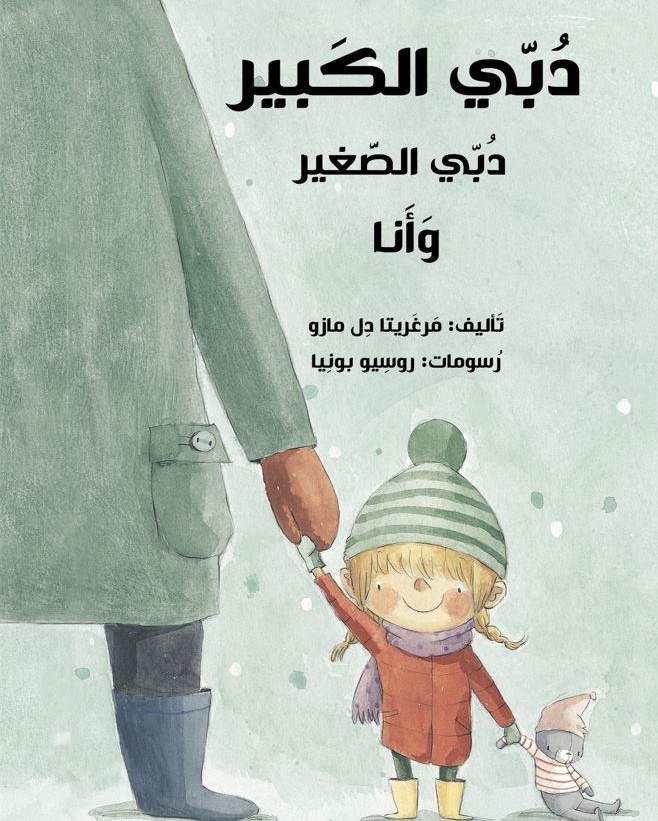
The little girl goes out for a walk with her small bear and with her big bear, which turns out to be her father. This story could be a story about the friends the girl has in her life: her teddy bear whom the girl takes care of, and her father who takes care of her, and what the girl enjoys about their presence. The story could also be addressing the topic of the middle child in the family, or the child who takes care of his younger sibling. The beauty of the story is its presentation from the child’s point of view, whether in the text or the drawings, and the surprise at the end when we see the full drawing of the Big Bear.



